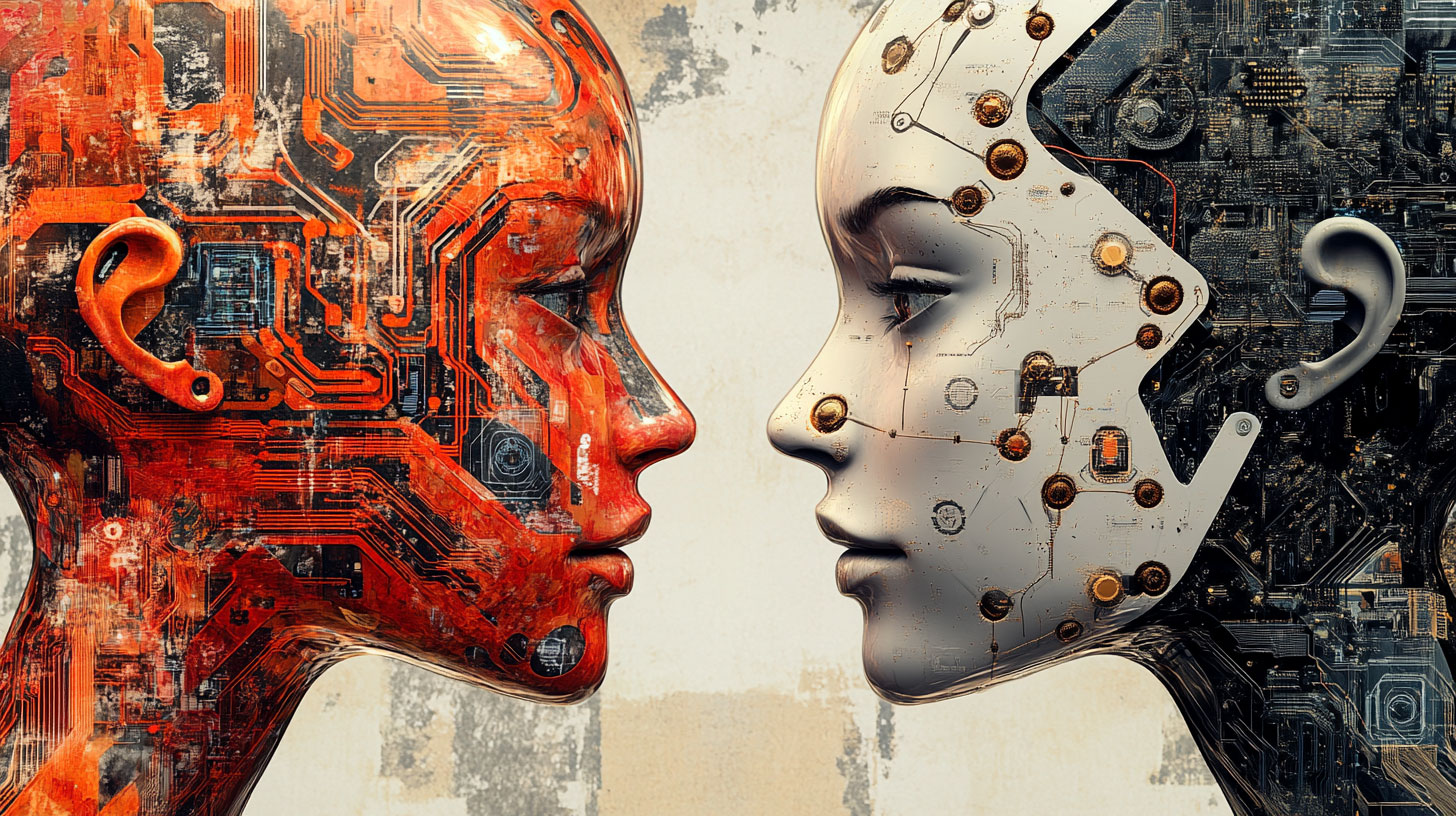In the ever-evolving landscape of web design, WordPress has long been a beacon of accessibility and user-friendliness. However, as artificial intelligence continues to advance at breakneck speed, we find ourselves on the precipice of a new era – one where the marriage of WordPress and AI could birth a generation of websites that are not just user-friendly, but unnervingly persuasive.
The Rise of AI-Powered Dark Patterns
Dark patterns, those subtle design choices that manipulate users into actions they might not otherwise take, have been a controversial topic in web design for years. But what happens when we add the power of AI to this already potent mix?
Imagine a WordPress site that doesn’t just remember your preferences, but predicts your vulnerabilities. An AI-driven system could analyze user behavior across millions of sites, identifying the exact color schemes, layouts, and wording that make each individual user most likely to click, subscribe, or purchase.
Personalized Manipulation at Scale
Traditional dark patterns rely on broad psychological principles. AI-powered dark patterns, however, could tailor their approach to each visitor. A WordPress site equipped with advanced AI might adjust its content, layout, and calls-to-action in real-time based on a user’s browsing history, social media activity, and even current emotional state (inferred from typing patterns or mouse movements).
This level of personalization could make manipulative tactics nearly invisible. Users might find themselves making purchases or signing up for services without fully understanding why they felt so compelled to do so.
The Ethical Minefield
As WordPress developers and site owners gain access to these AI-powered tools, they’ll face unprecedented ethical dilemmas. The line between effective marketing and manipulation will blur even further. When does personalization cross into exploitation? How much influence over a user’s decisions is too much?
Moreover, these AI systems might become so effective that using them becomes almost mandatory to remain competitive. This could create a race to the bottom, where ethical considerations take a back seat to conversion rates and engagement metrics.
Regulatory Challenges
Current regulations around web design and user privacy are already struggling to keep pace with technological advancements. AI-powered dark patterns in WordPress sites could exploit loopholes and operate in gray areas faster than lawmakers can respond.
There’s also the question of responsibility. If an AI system develops manipulative tactics on its own, who is held accountable – the WordPress site owner, the plugin developer, or the AI itself?
The User Experience Paradox
Ironically, these AI-driven dark patterns could initially lead to what feels like an improved user experience. Websites might become more intuitive, content more engaging, and interfaces more streamlined. Users might find themselves enjoying their web browsing experience more than ever – even as they’re being subtly nudged towards actions they hadn’t intended.
This comfort could make users less vigilant, more trusting of websites, and ultimately more susceptible to manipulation.
Potential Safeguards
As we peer into this potential future, it’s crucial to consider how we might safeguard against the misuse of AI in WordPress design:
- Transparency Requirements: Plugins and themes using AI for personalization could be required to disclose this to users.
- Ethical AI Design: Developing guidelines and best practices for the ethical use of AI in WordPress development.
- User Control: Implementing features that allow users to view and adjust how AI is personalizing their experience.
- Education: Raising awareness among WordPress users and developers about the potential for AI-powered manipulation.
A Call for Vigilance
As WordPress continues to democratize web publishing, we must ensure that the integration of AI doesn’t lead to a dystopian landscape of hyper-manipulative websites. It falls to developers, designers, site owners, and users to remain vigilant, questioning the ethical implications of each advancement.
The potential for AI to enhance WordPress sites is enormous, but so too are the risks. As we stand at this technological crossroads, we must choose wisely, ensuring that the websites of tomorrow enlighten and empower users, rather than exploiting them through ever-more-sophisticated dark patterns.
The future of WordPress and AI is bright – but only if we light the way with ethical considerations and user respect. The alternative – a web of AI-driven, manipulative masterpieces – is a future we must actively work to avoid.




